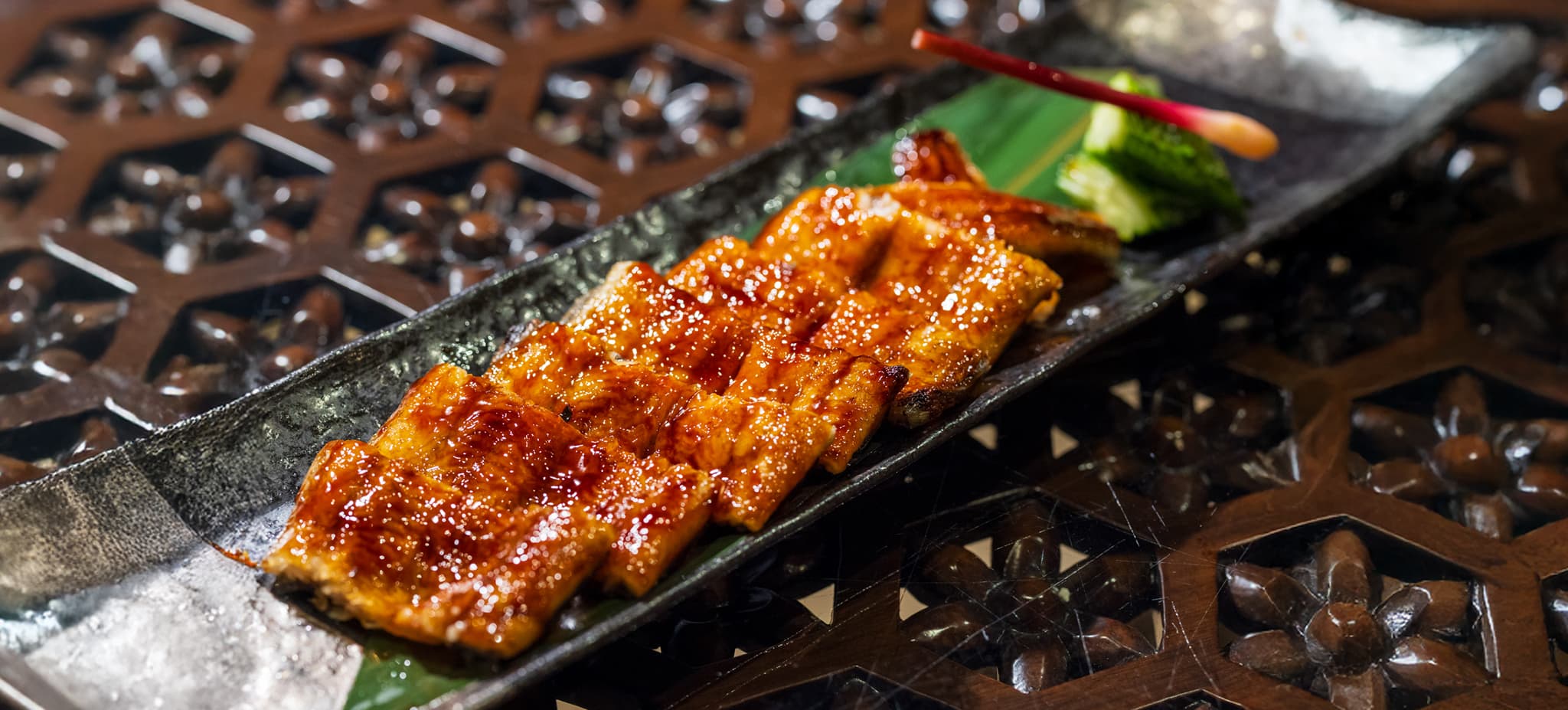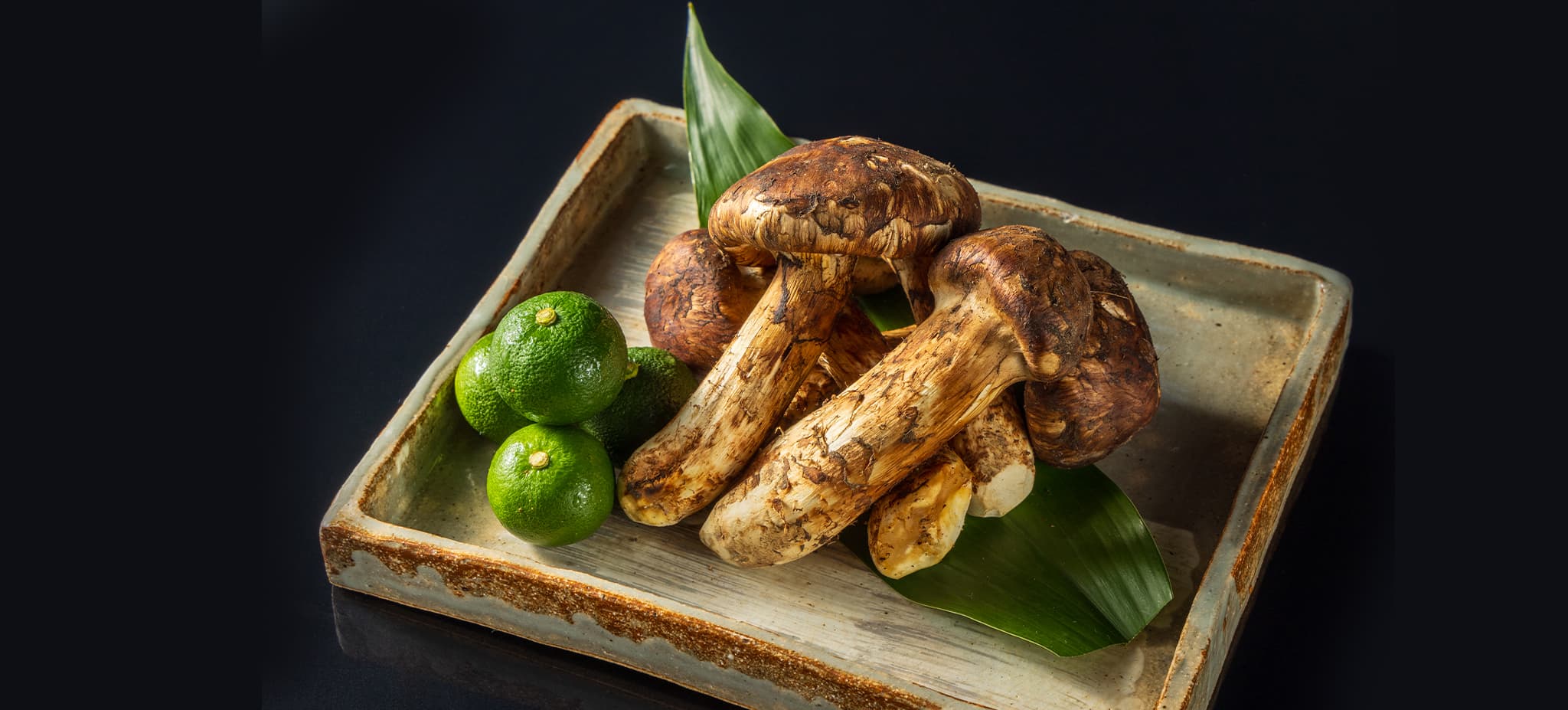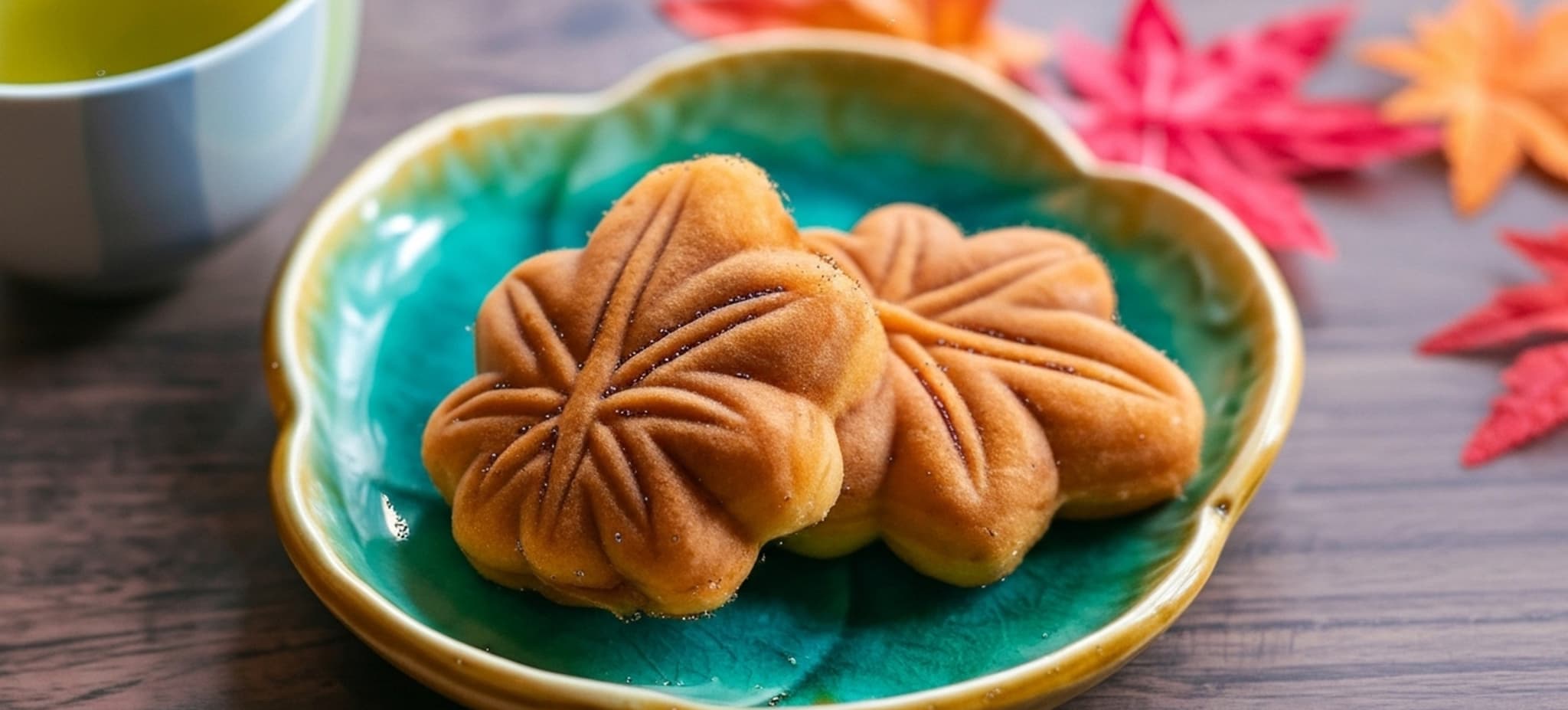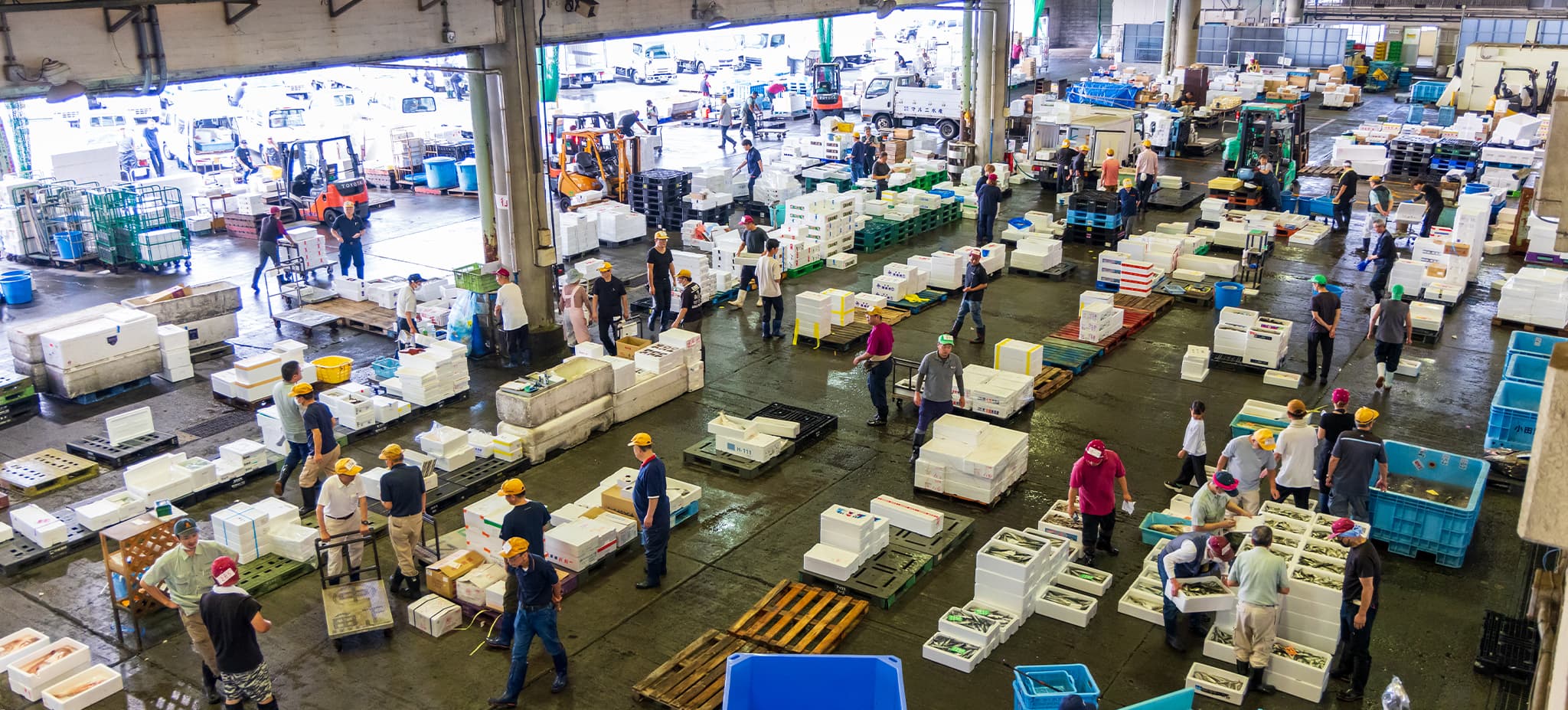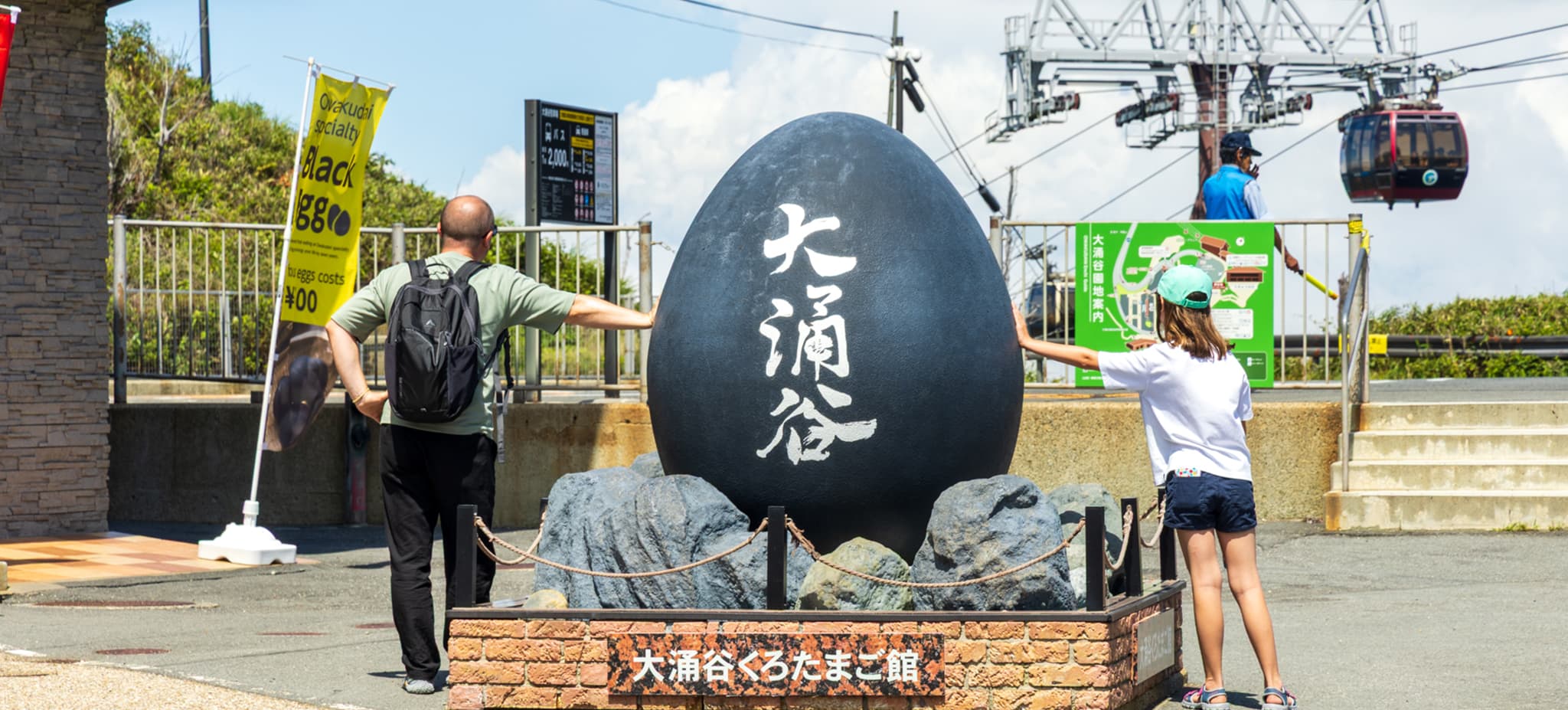Kinnotake Blog #Japan culture #Food
Kinnotake Blog
6/15/2025
What Is "Doyo-no Ushi-no Hi"?
What "Doyo no Ushi no Hi" is
The History and Fun Behind Japan’s Eel-Eating Summer Tradition
When summer hits Japan with its intense heat and humidity, there’s one tasty tradition that stands out—"Doyo no Ushi no Hi", also known as the Midsummer Day of the Ox. It’s the perfect excuse to enjoy a hearty meal of grilled eel, or unagi, to beat the summer fatigue. But where did this quirky custom come from?
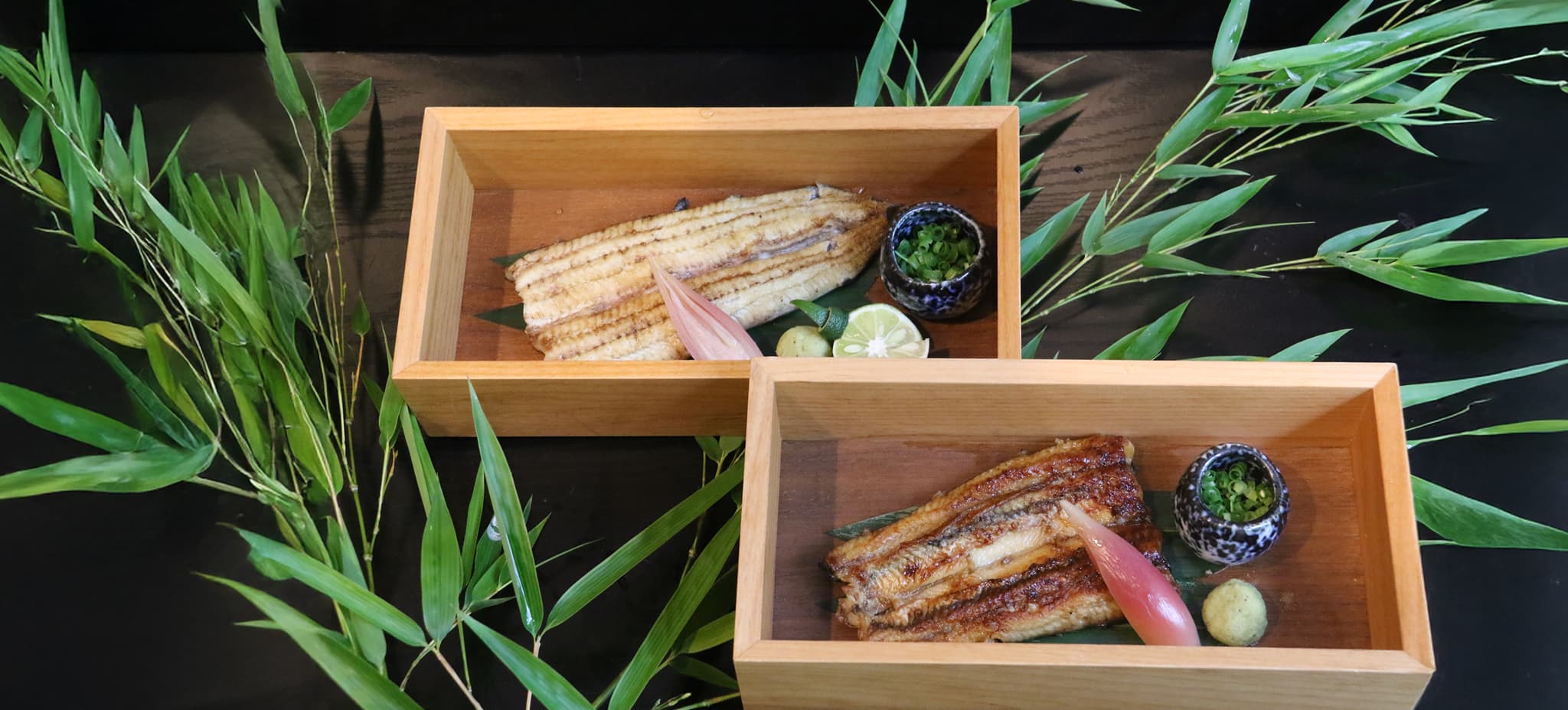
What Is "Doyo"?
"Doyo" refers to an 18-day period that occurs just before the changing of the seasons. There are four doyo periods each year—spring, summer, autumn, and winter—but the summer doyo is by far the most famous. It falls right before Risshū, or the official start of autumn, which ironically means it’s also the hottest time of year. In the past, Japanese people believed that the body becomes more vulnerable during this time, making extra care and nutrition essential.
So, What’s the "Ushi no Hi"?
"Ushi no Hi" literally means "Day of the Ox," based on the traditional Chinese zodiac cycle, which repeats every 12 days. During the summer doyo period, one or two of these "ox days" occur. Over time, eating eel on these specific days became a widely embraced custom—especially the first Ushi no Hi of summer.
Why Eel?
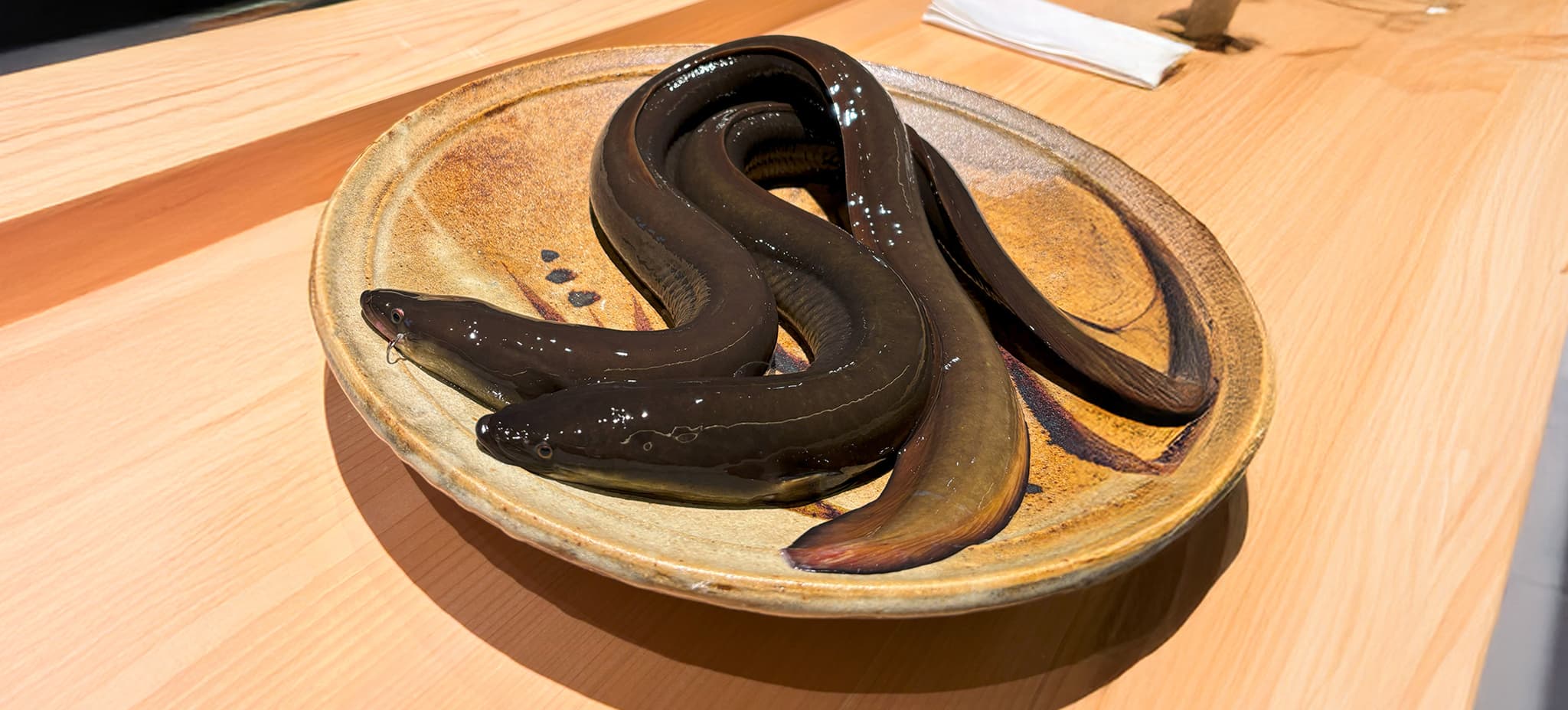
Why eel, you ask? There are a few theories. One of the most accepted explanations is that eel has long been considered a nutritious powerhouse, perfect for restoring stamina. Packed with protein and vitamins, it was thought to help people recover from heat exhaustion and prevent natsubate—a kind of summer fatigue.
Edo-Era Marketing Genius
Here’s where the story gets fun. Back in the Edo period (1603–1868), a famous inventor and scholar named Hiraga Gennai came up with a clever marketing trick. A struggling eel shop owner asked Gennai for advice on boosting sales. His solution? Put up a sign that said: "Today is Doyo no Ushi no Hi"
The message caught on like wildfire. The eel shop thrived, and soon, everyone started associating the day with eating eel. And just like that, a new national tradition was born—thanks to a genius bit of advertising!
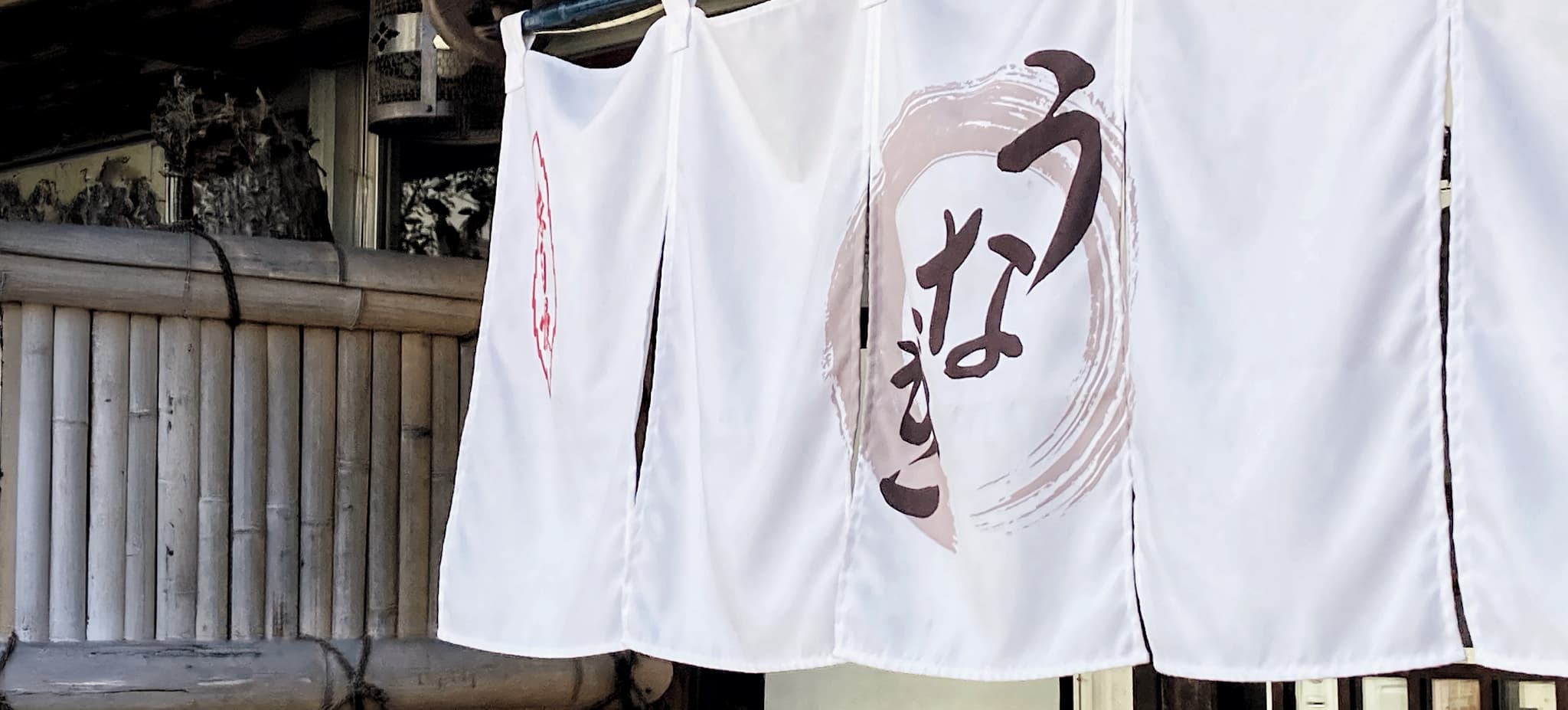
Doyo no Ushi Today
Fast forward to modern Japan, and the tradition is still going strong. Supermarkets and specialty eel restaurants prepare for the big day with special menus and promotions. Lines often form outside popular spots as people seek out that extra boost of "eel power."

 Kinnotake Resorts
Kinnotake Resorts